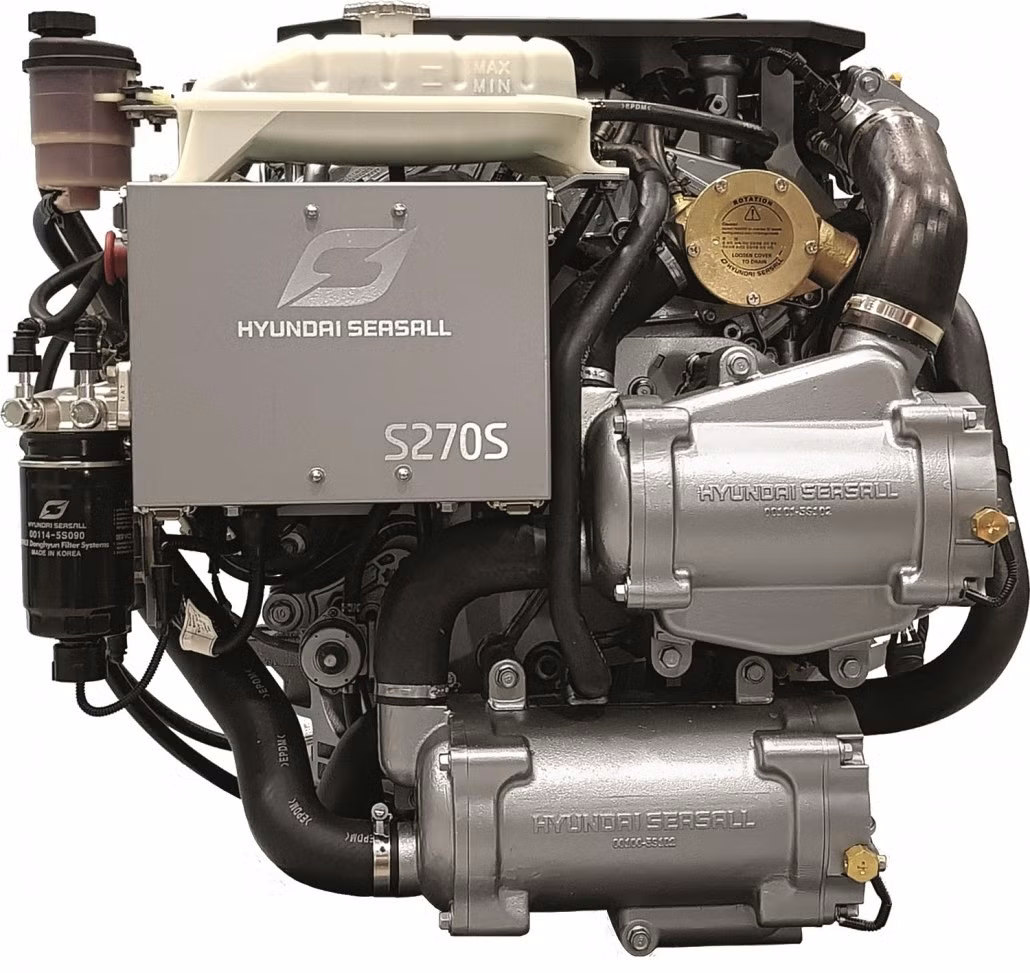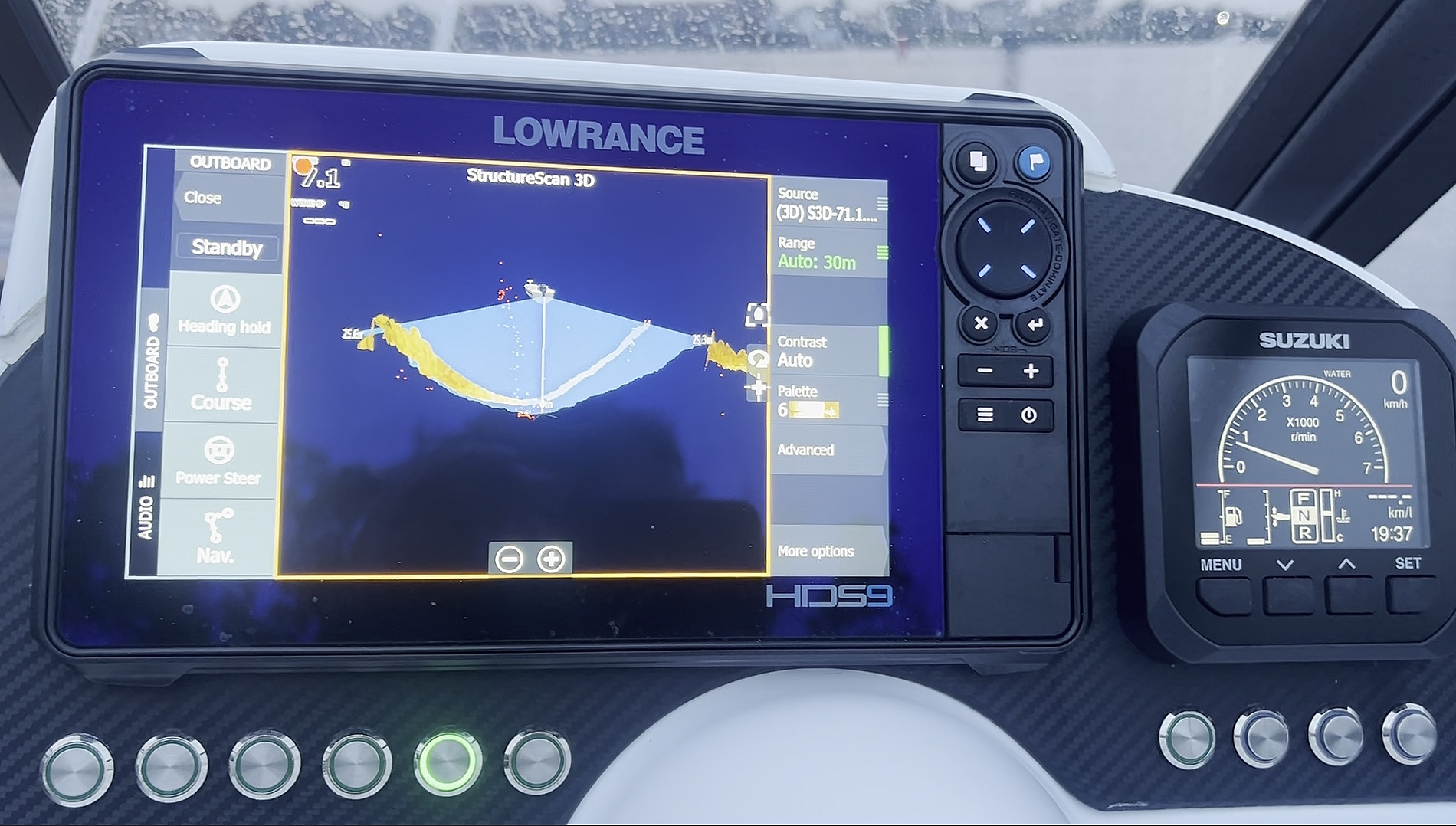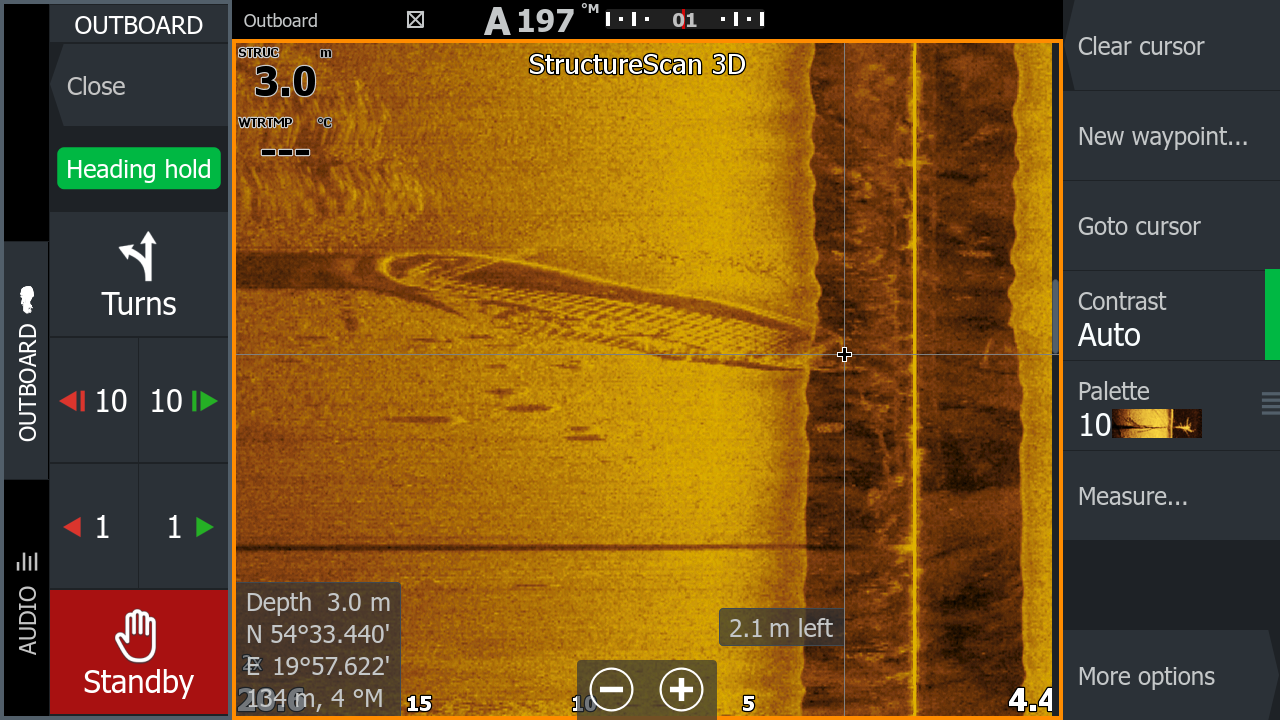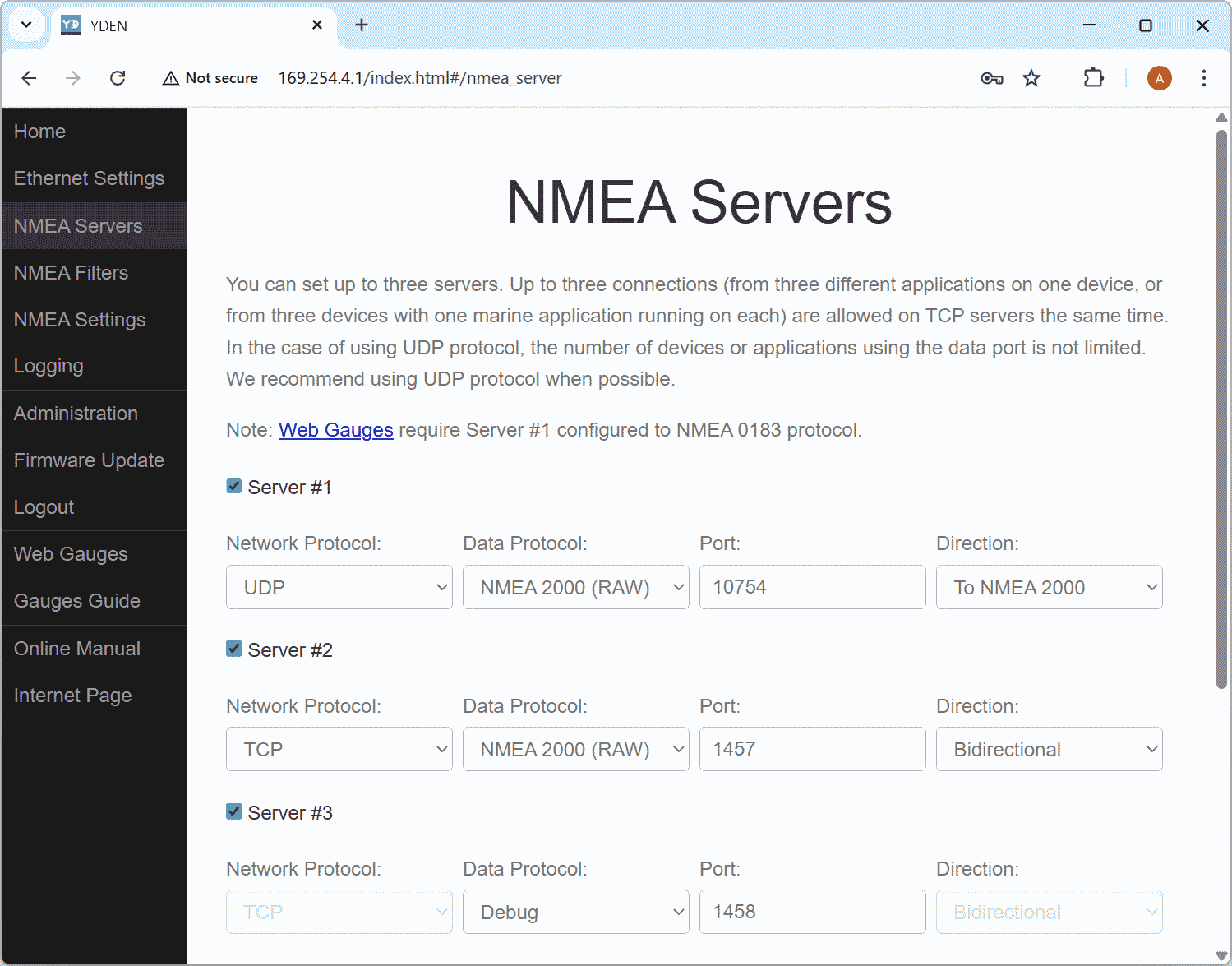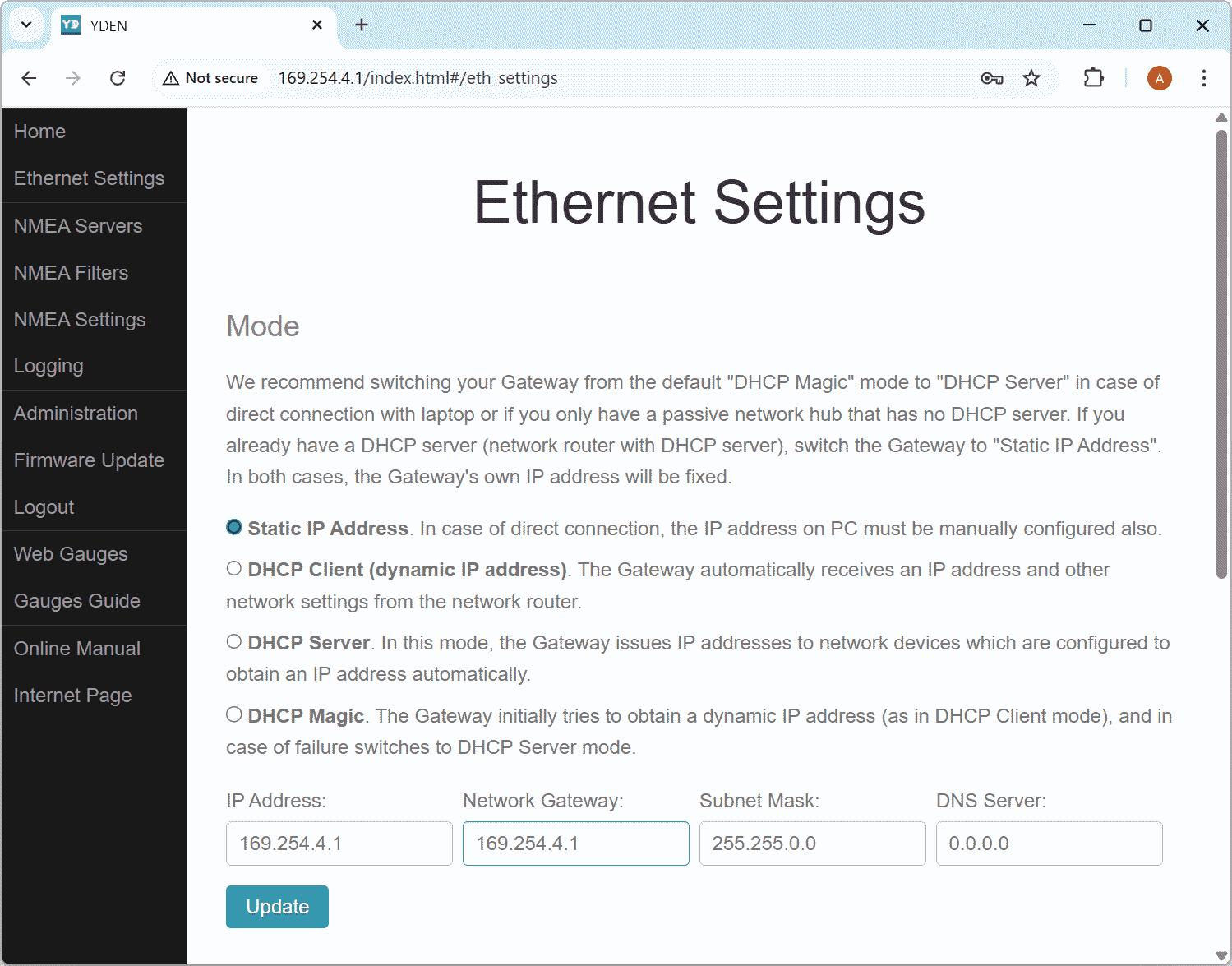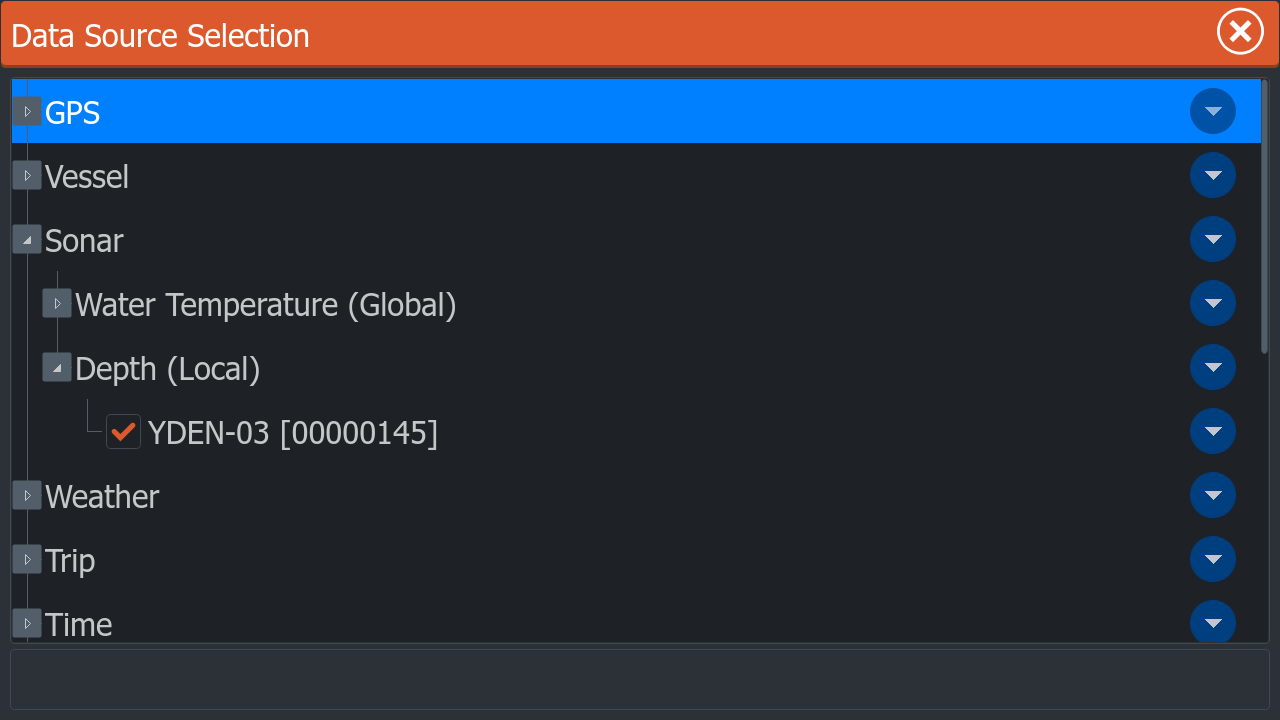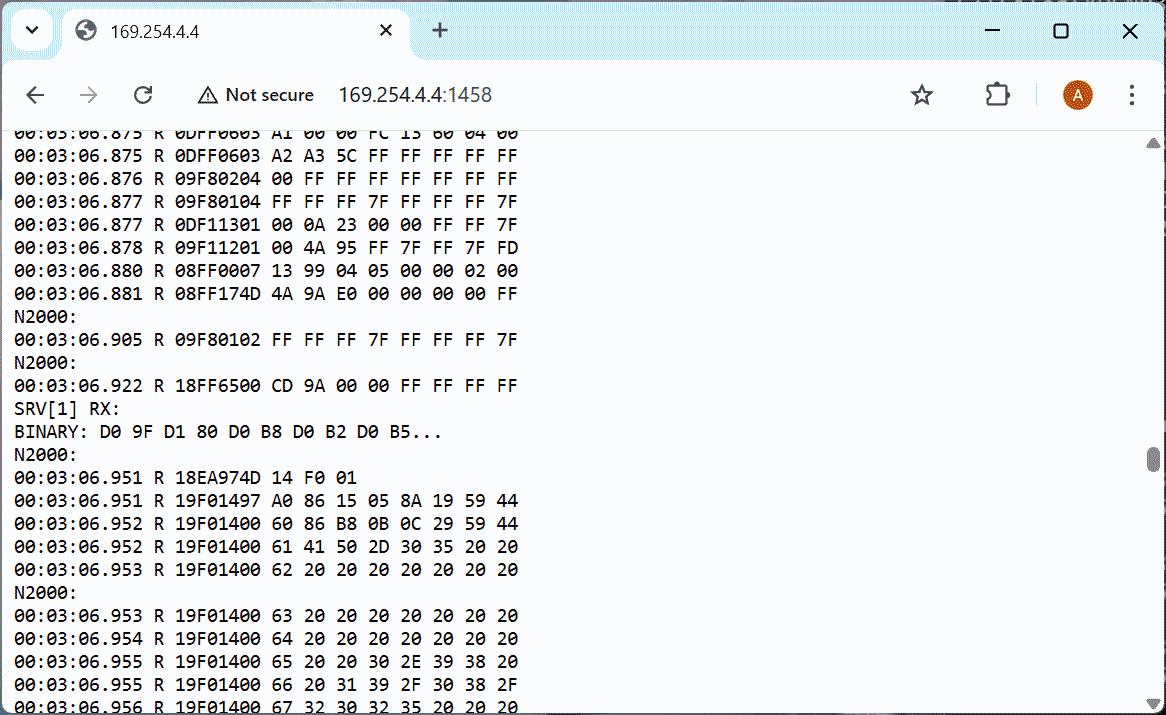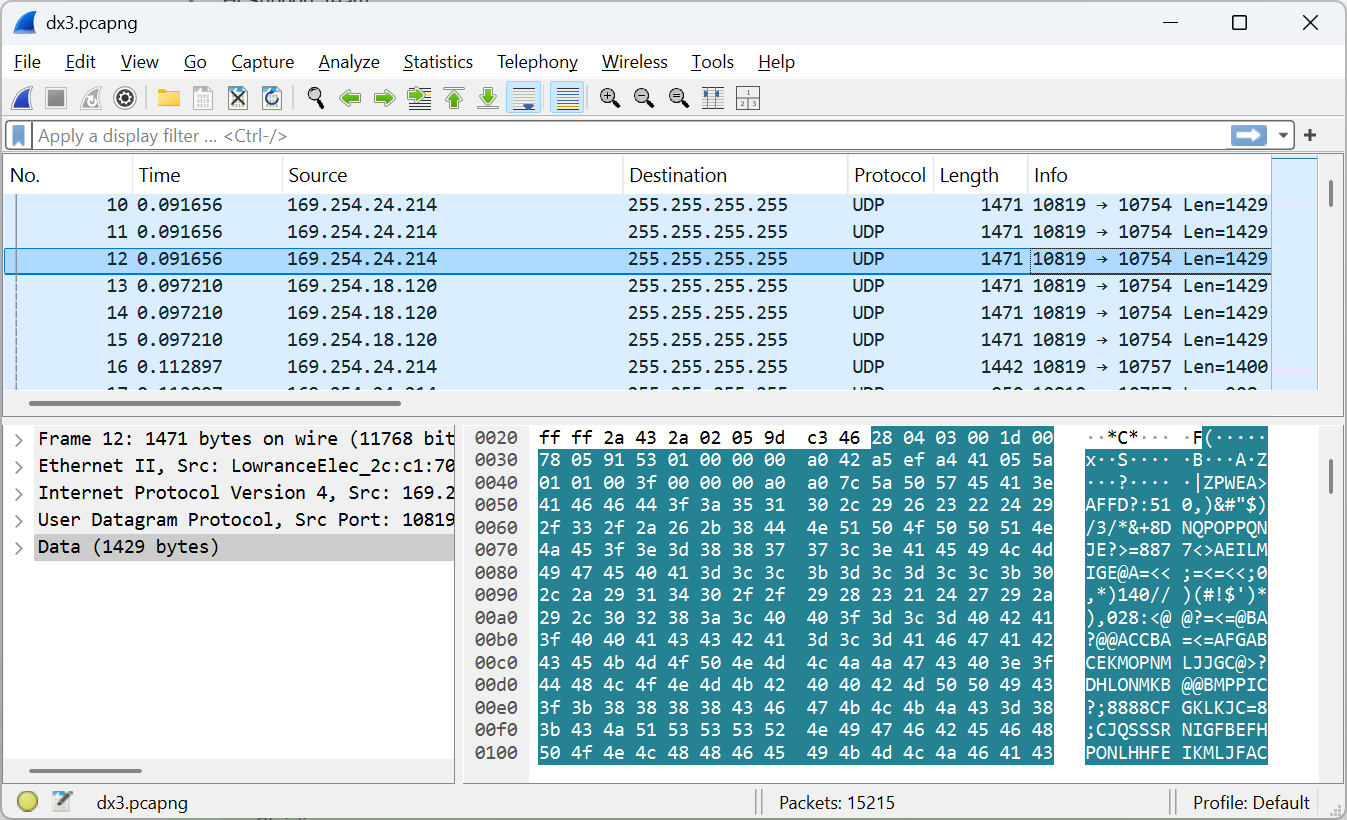October 23, 2025 Suzuki and Hyundai protocols
We are pleased to announce that Engine Gateway now supports Suzuki outboard motors and Hyundai marine engines.
To install update 1.50, you must first install update 1.49. After installing 1.49, wait for five short green LED signals and one long signal, after which the device will enter normal operating mode and can be updated to version 1.50 as usual.
We have slightly modified the configuration file. Now the protocols are enabled with a single line. For example, instead of:
MEFI4B=ON
Now you need to specify:
PROTOCOLS=MEFI4B
The following line will be written to the YDEGSAVE.TXT configuration file:
PROTOCOLS=J1939,MEFI4B
The MEFI4B protocol is an extension of the J1939 protocol, so when MEFI4B is enabled, it is added automatically.
We have added comments to the YDEGSAVE.TXT file, so now you will need to refer to the manual less often when configuring the device. We are working on an updated manual that will reflect all the changes in the settings file.
Support for three-phase generators has also been added, and modern Raymarine displays will now be able to provide detailed data on all phases, not just summarized data on average power, voltage, and frequency.
Thanks to our users, we have received Hyundai SeasAll S270 engine records, and now you can see RPM, torque, instant fuel consumption, generator voltage, and coolant temperature on your plotters. We are waiting for additional records from users to add engine warnings and errors and engine hour data in the next product update.
Modern Suzuki outboard motors have two CAN buses. One is connected to the electronic throttle control handle (speed 500 kbps), the other to the Suzuki SMG4 display (speed 250 kbps). The buses have different protocols, and we have added support for both.
The internal bus protocol is enabled by setting:
PROTOCOLS=SUZUKI,OPT1
This bus provides access to engine speed, voltage, trim angle, and gear position. We do not recommend connecting to this bus (4-pin connector with 120 Ohm terminators).
The instrument bus provides access to RPM, instantaneous fuel consumption, coolant temperature, voltage, engine hours, tilt/trim angle, and gear position. We are continuing to research this protocol and plan to add engine warnings and errors.
The connection is made to the tachometer connector (8 pins), and we plan to offer adapters for connection in the near future.
Installing the Engine Gateway eliminates the need to install the SMG4 device and saves space on the boat's dashboard.
We would be happy to add even more protocols to our remarkable device. If you have an unusual engine with a CAN interface, please contact us. Engine Gateway allows you to record data from the engine network on a memory card, which can be used to study its protocol. Engine Gateway can send messages from the engine network to the NMEA 2000 network and vice versa, but unless this is directly enabled by the user, it only reads data from the engine network, which virtually eliminates the possibility of our device affecting the engine's performance.
Firmware update for Engine Gateway is available on the Downloads page.
September 11, 2025 Latching buttons support
Latching buttons are now supported in both Switch Control and Circuit Control.
Circuit Control and Switch Control are designed for digital control of loads. This means that loads connected to Circuit Control can be turned on or off from the buttons wired to it, from navigation displays, from mobile phones (via our Wi Fi Gateway), and from auxiliary control stations with physical buttons where Switch Control is installed.
In this scenario, latching buttons do not reflect the state of the load: a user can turn a load on with the button, then turn it off on the chartplotter, and the button will remain in the pressed position. The only element that reflects the load state is the indicator light in the button.
Nevertheless, there is a use case where latching buttons are preferable to momentary buttons. On the Lowrance HDS PRO display shown in the screenshot, using digital switching for loads is not very convenient and requires several taps to switch away from the chart or sonar page. Therefore, the user will prefer to use a physical button installed next to the display.
A reasonable question may arise: why install Circuit Control on this boat at all? The answer is simple: the boat's panel space is limited, and it was decided to use miniature but low power buttons. In this case, high power loads such as bilge pumps should be switched via relays. This is where Circuit Control has an advantage, because it uses latching (bistable) relays and does not consume energy to hold the contacts.
The second reason is the insufficient number of buttons that fit on the panel. Some auxiliary loads - for example, turning on the audio speaker lighting - do not have a physical button and are switched only from the Lowrance display.
Thus, in this installation latching buttons turned out to be genuinely more convenient, because in most cases they reflect the load state.
Moreover, they have another property that can be useful. When power is applied, Circuit Control restores the loads to the state they were in before power was removed. However, in latching button mode, the device switches loads according to the current positions of the buttons connected to it.
You can check the current mode and select a new one with the command:
YD:BUTTONS [ MOMENTARY | LATCH ]
On the boat described in this article, Circuit Control also controls power to the navigation instruments and to the NMEA 2000 network; for this it is connected to the NMEA 2000 network through a power isolator.
Firmware update for Circuit Control and Switch Control are available on the Downloads page.
September 9, 2025 Ethernet Gateway for Lowrance
With the new firmware supporting StructureScan 3D, your boat's hull may need one less hole.
Lowrance StructureScan 3D transducers provide excellent side-scanning and even build a 3D relief of the seabed. Naturally, they also show the depth under the boat, which can be displayed on Lowrance screens in the field called STRUC, as shown in the screenshot above.
Unfortunately, the MFD does not recognize this value as depth: it does not transmit it into the NMEA 2000 network from the high-speed Ethernet network, nor does it record it in tracks, and so on. This also makes it impossible to use the autopilot's depth-following mode, which is very useful when trolling.
Many users have encountered this problem, and they were usually advised to install another inexpensive sensor that transmits depth data to the NMEA 2000 network. But with the Ethernet Gateway YDEN-02, this can be avoided. Configure the first YDEN data server to UDP, RAW protocol, and port 10754. Please note that the data stream must be set to "To NMEA 2000", in order to prevent data from NMEA 2000 from entering the Ethernet network.
Change the Ethernet network settings by selecting the static address 169.254.4.1 and changing the subnet mask to 255.255.0.0. Now you can disconnect the Ethernet Gateway from your computer and connect it to the Lowrance high-speed network (to a free port on the sonar module or the plotter, whichever is more convenient) using the Lowrance cable 000-14552-001 or an equivalent.
After turning on the sonar, the depth should appear in the list of data sources on the plotter, as shown in the screenshot below.
This new feature has not yet undergone large-scale testing. Therefore, here's how to perform diagnostics if the StructureScan depth data (field STRUC) is present, but the depth data source has not appeared.
For this, you will also need to connect a laptop to the Ethernet network (using a simple RJ45 hub or another proprietary cable adapter). On the third YDEN server, enable the debugging protocol and open the link in a browser:
In the debug window, messages should appear with the header SRV[1] RX and the subheader BINARY. The first byte after the subheader should be 28 HEX (in the screenshot shown as D0).
The next step is to install the free software WireShark. In the list of packets, look for those with a length of 1429 bytes, and among them find those containing the first data byte 28 HEX (see screenshot).
In addition, in the new YDEN-02 firmware, the Web Gauges have been updated. Now they not only display all engine data but also show engine and transmission warnings. The list of measurement units for speed and fuel consumption has also been expanded.
Firmware update for Ethernet Gateway is available on the Downloads page.
Next articles:
- 10-year anniversary / May 12, 2025
- Raymarine, your turn! / February 17, 2025
- Python Gateway 1.05 Update / February 3, 2025
